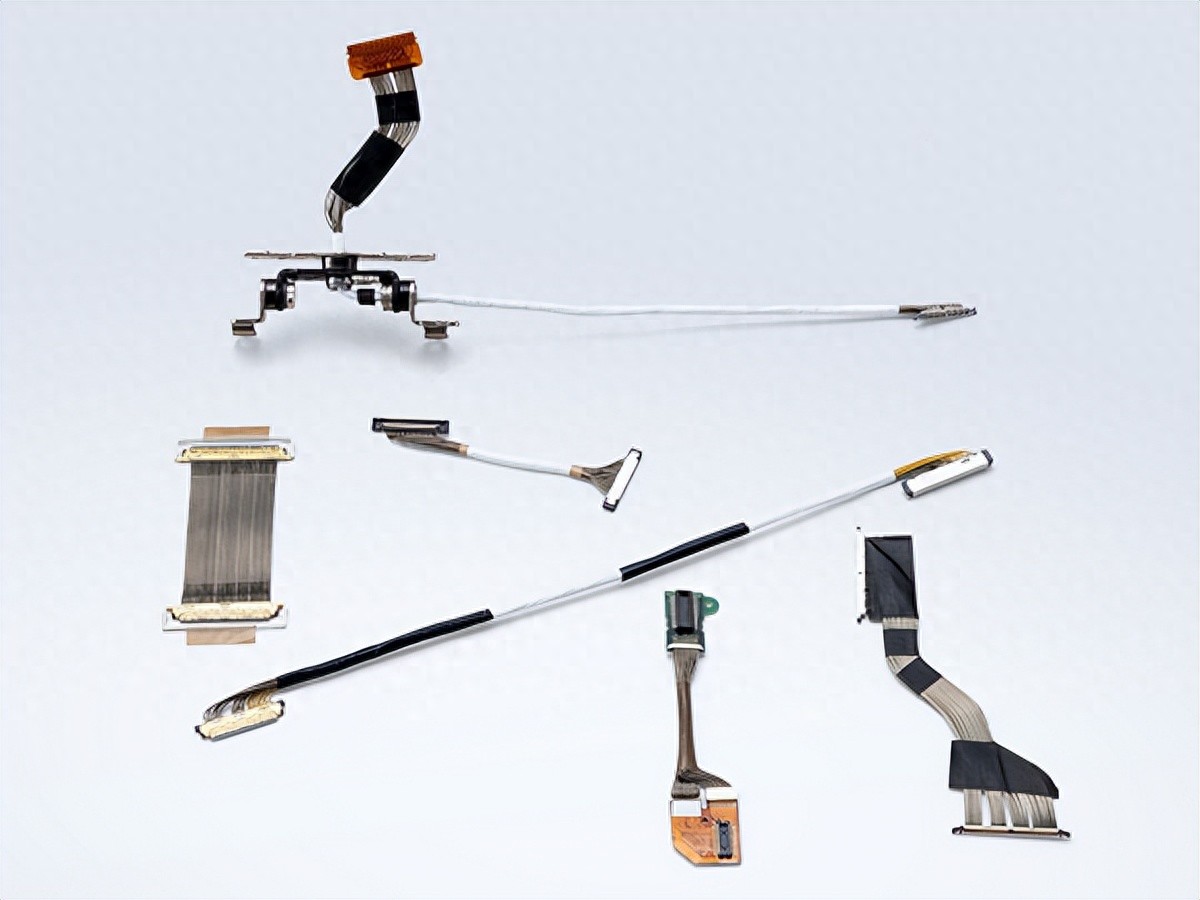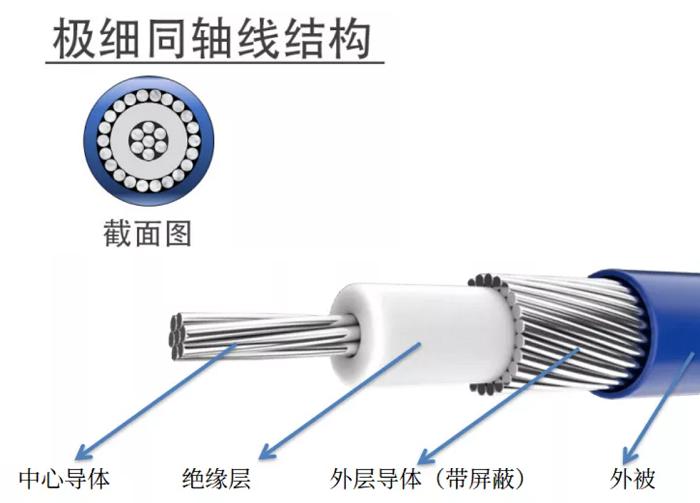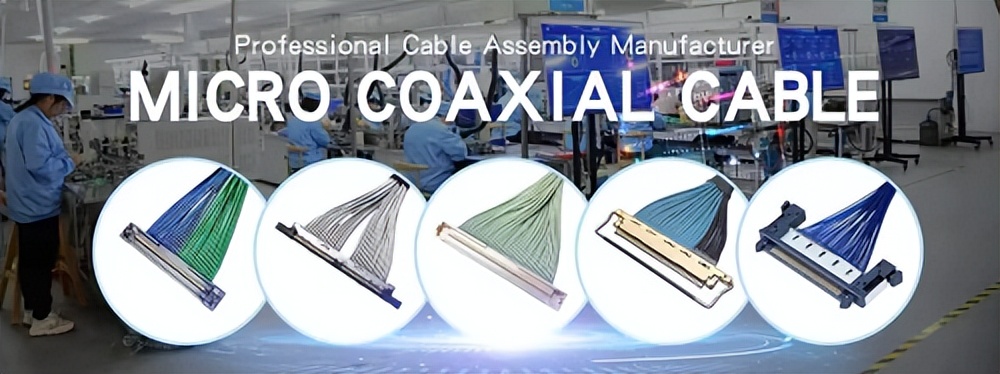Categorization:Harness Component
In today's design of high-density and high-frequency parallel electronic devices, ultra-fine coaxial cables (micro coaxial cable) are widely used in smart terminals, communication modules, and precision control systems due to their lightweight, flexible, and excellent anti-EMI performance. With the increasing complexity of the operating environment of the devices, especially the growing prevalence of high-temperature conditions, the temperature resistance of micro coax cables has become a focus of the industry. This article will comprehensively interpret the performance advantages of micro coax cables in high-temperature environments from three aspects: material selection, structural design, and application performance.
Material Selection: Dual Protection of High-Temperature Outer Sheath and Metal Conductor
High-temperature polymer sheath
In extreme environments, the outer sheath material of micro coax cable is particularly crucial. Common high-temperature polymers such as PFA and FEP are not only capable of withstanding a temperature range of about -50°C to 200°C, but also have excellent chemical corrosion resistance and electrical insulation properties. This makes them outstanding in fields such as industrial automation, avionics, and medical equipment, and they are not prone to aging or cracking even after long-term operation.
Silver-plated conductor structure
Under high-temperature conditions, in order to further improve electrical stability, conductors and shielding layers usually adopt silver-plated copper wire. This structure can still maintain excellent conductivity under high temperatures, effectively slow down signal attenuation, and at the same time, prolong the service life of the entire wire harness.
Two, structural design: miniaturized size brings higher heat dissipation efficiency
Extremely thin wire diameter, rapid heat dissipation
A significant advantage of Micro coax cable is its extremely small cross-section and large heat dissipation area, which can quickly release heat in high-temperature environments, avoiding performance degradation due to heat accumulation. Compared with traditional coaxial cables, it is more stable in compact spaces.
Multi-core combination and reasonable layout
In multi-channel signal applications, engineers typically combine multiple micro coaxial cables, through reasonable arrangement and spacing design, to enhance overall thermal dissipation capability, and avoid heat concentration in the internal core area, thereby ensuring the reliability of the system's long-term high-temperature operation.
Three, practical application: high-temperature test to verify its reliability
In industrial machinery, automotive engine compartments, and aviation electronics, micro coax cable harnesses often need to withstand continuous high temperatures above 150°C. Experimental data shows that products with PFA or FEP sheathing can maintain stable signal quality after continuous operation at 165°C, with no melting, cracking, or obvious aging of the cable, demonstrating extremely high reliability and heat resistance.
The temperature resistance of micro coaxial cable is supported by the dual factors of high-temperature polymer materials and precise structural design. Sheaths such as PFA and FEP allow it to work stably within a wide temperature range of -50°C to 200°C, while its slender dimensions and optimized heat dissipation structure further enhance its stability at high temperatures. In stringent fields such as industrial automation, vehicle electronics, and aerospace, micro coax has become a reliable high-density signal transmission solution.
I amSuzhou Huichengyuan Electronics, Long-term focused on the design and customization of high-speed signal cables and ultra-fine coaxial cables, committed to providing customers with high-quality, high-reliability high-speed interconnect solutions. If you have any related needs or would like to learn more, please contact:Manager Yin 18913280527 (WeChat same number)。